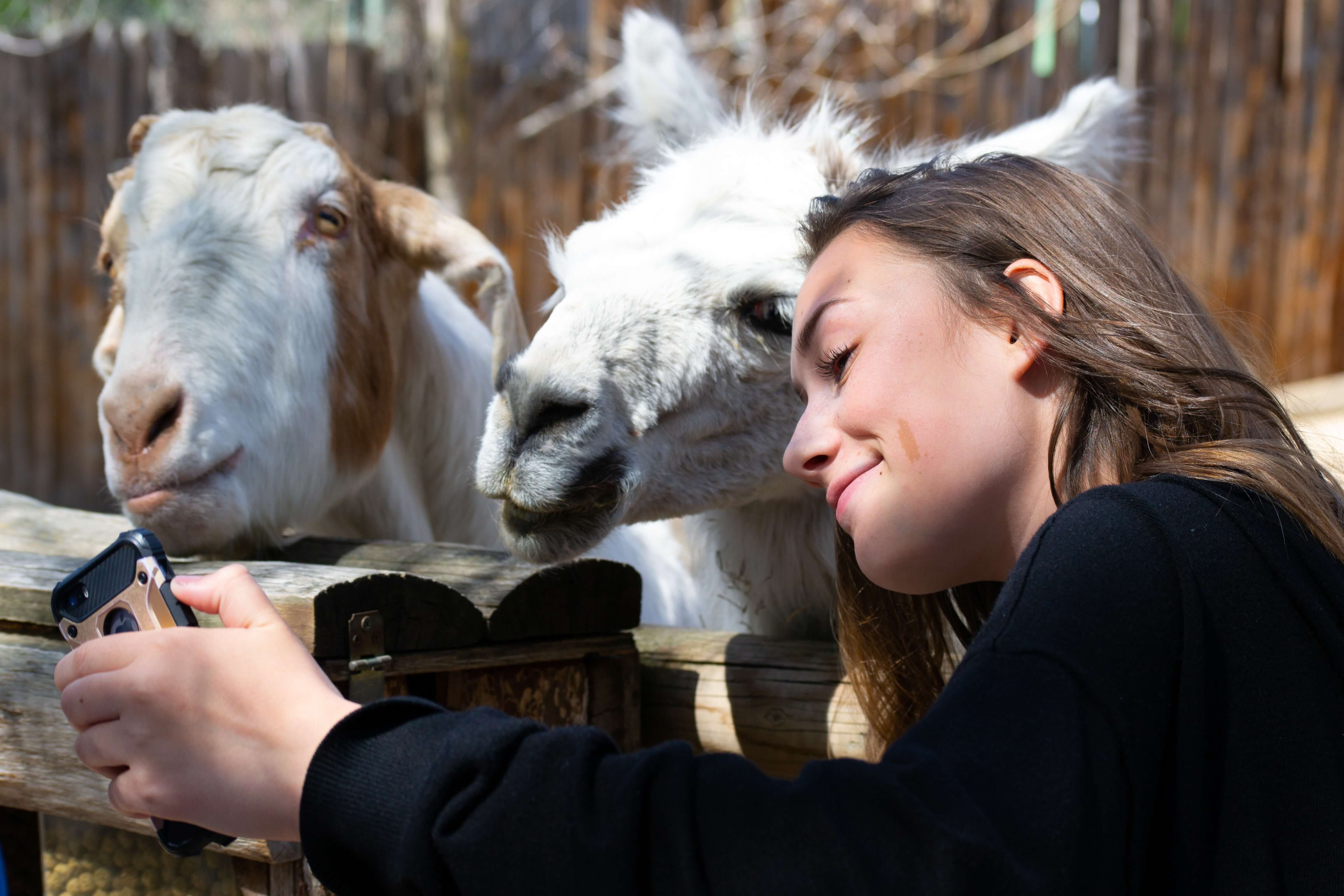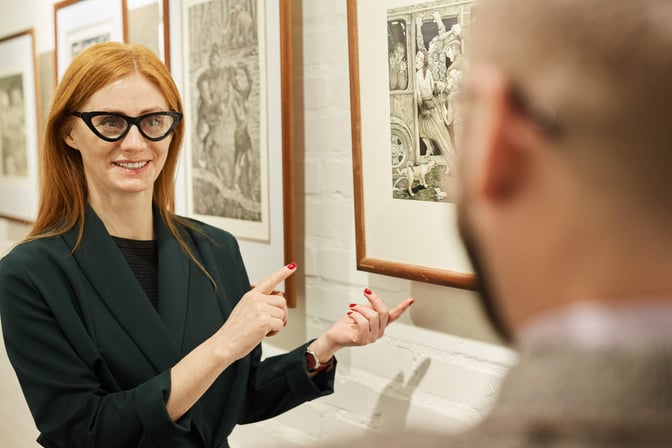How to incentivise Donations in the current economic situation?
It doesn't come as a surprise to anyone that all industries suffer from the current economic recession. And the cultural and leisure industry wasn't spared. Museums and zoos rely heavily on the generosity of their visitors and on other funding sources to keep their business afloat and keep working on conservation and preservation like they currently do. Both sectors are starting to feel the impact of the restrictions imposed during the pandemic as well as the rise of living costs.
All across Europe the cultural sector (especially museums) depends on donations to survive. For example the British Museum in London made almost half of its income from funding in 2019. May it be public or private funding, the cultural industry needs to find a way to raise money in order to survive. Especially when more and more of them are expected to offer free experiences and play an active role in their local community.
We have discussed with several museums and zoos about the importance of fundraising in their activity but also how to incentivize it, particularly in the current economic crisis. After these conversations we were positively surprised to hear most museums saying that the difference in donations from before the beginning of the crisis and now isn’t very big. Even though a lot mentioned that their current process to get visitor donations isn’t ideal. Audiences have come back, and now is the time for attractions to seize new opportunities when it comes to fundraising.
The Museum Association's members tend to declare that it is becoming more and more difficult to obtain funds (outside of donations). Visitor donations might then become a more important source of income in the industry. There's no doubt that addressing and incentivizing donations in the current times is a sensible matter. But we have found that a lot of leisure operators came up with the right way to do so.
Digital fundraising - the new normal
In France, 230% more donations were made online in the first part of the year 2020, compared to the previous year. Of course the pandemic has played a major role in this shift from offline to online donations. But what's important here is that this trend is here to stay. Cash donations continue to decline all over Europe, and we see that a generic trend is that people are expecting to be able to make donations online. In the UK for instance 26% of donors over the year 2022 gave via a website, which was already 6% higher than 2 years beforehand. This trend shows that it is therefore crucial for attractions to put in place the correct solution in order to facilitate donations.
What can you do to ask for donations?
Members of the Arts Marketing Association told us that it all comes down to having the right process and solution in place, especially if your attraction depends on donations. For venues offering free experiences it can be pretty tricky, but there are simple solutions such as using donations on tickets, like a “pay what you want” option for your visitors. It works quite well and shows the value that the audience gives to free activities. Those same members also said that they sometimes feel like they are missing opportunities to get visitor donations because they still lack the right solution.
Make sure to have a simple solution
It may sound obvious, but it is very important to opt for an option that will require the minimum effort for your visitors to donate. And most importantly, a solution that is fully integrated in the buying journey of your visitor. Think of the little piggy bank you would put on your counter at the entrance of your venue, but digital. It's always easy for a visitor to put the extra change they got in this piggy bank, what you want is to give them the same feeling on your website. Make it as simple as a click to donate for your attraction.
For example you can add a pre-selected toggle during payment to ask them if they want to donate 1 or 2€. Usually people are happy to donate, especially for a low sum. And in the end it can make quite the difference. Some of our zoo partners have already received more than 120 000€ of donations in less than 2 years with such a tool. Using a conversion oriented feature to collect your donations, you put all the chances on your side.
Try to find the cheapest solution as well. Some crowdfunding websites will charge you a commission on the funds you raised, so make sure to read the fineprints before you make a choice. At Convious we made it a point of honour not to charge commissions on donations.

Use cross-channel & targeted communication
The museum's association gives good advice on simple ways to optimise your digital fundraising strategy. Social Media can be a very effective way to reach new audiences. If you have a strong strategy and use paid advertising to target the "big donors", it should already start paying off. You want to target people who have more chances of not struggling that much and who are notorious donors.
If you use a Customer Relationship Management solution you should be able to target and personalise your message towards these people, as well as loyal visitors. For specific markets such as the UK, there are some very simple ways of obtaining extra funds with Gift Aid for example, which is a simple tax relief that can make a big difference to you, and doesn't require any step from your visitor.
Personalisation has never been so useful
It's all the rage now, we hear the word everywhere, and for good reason. Personalisation is the solution we give to a great deal of struggles. If you already have a strong targeting strategy, then you should align it with personalised messages. Always think about what you would do if you were in front of the visitor at the entrance of your venue. The idea is to try to recreate this human encounter through personalised messages. If you target local visitors for instance they are likely to feel more involved when you refer to things only a local could understand. These are people who will probably feel involved in the future of their local community.
Do not shy away
All over Europe it has become very common to ask for donations as a leisure and culture operator. Many institutions, such as museums, galleries or zoos rely on a combination of public funding, private donations, and ticket sales to support their operations, and it is public knowledge. So, don't be shy to ask for donations with a clear message about what the donation will be used for. It is also important to keep donors aware of progression, this way they feel more involved, and are likely to want to stay involved.

In the end it all comes down to having a clear and strong strategy that will last through any storm. As long as you believe in your goals and stay transparent towards your audience, there shouldn't be any issue.
If you need more help on this topic or if you are curious about how we can help you further with your donations, feel free to reach out to us!